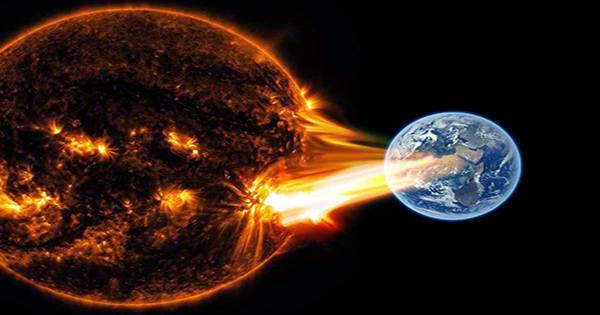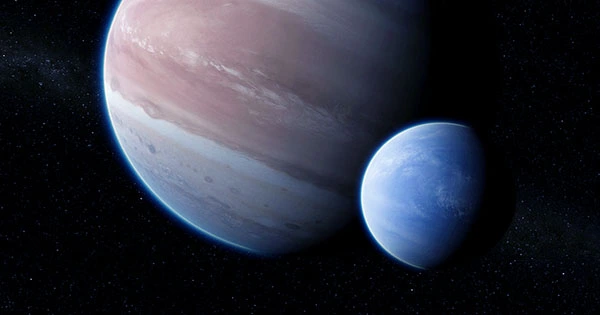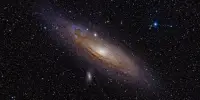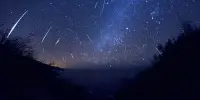Astronomers have discovered what they believe to be a moon orbiting a planet orbiting a star other than the Sun for the second time. It is massive, just like the first hypothetical exomoon – bigger than half the planets in the Solar System. It may take some time for confirmation, but the first possible discovery now appears to be part of a trend, rather than a fluke or a crazy one-off. More than 4,000 planets have now been discovered orbiting other stars, with thousands more candidates awaiting confirmation. Because the number of moons in our Solar System much outnumbers the number of planets, an abundance of satellites across the galaxy makes intuitive sense.
Indeed, by sheer numbers, the chances of finding life close enough to examine with future generations of telescopes may be better on moons than on planets. However, existing approaches are unlikely to identify most moons, thus this is purely theoretical. However, the Cool Worlds team at Columbia University discovered signals of a planet-sized object that appeared too connected with an even larger planet in 2017. The same team has done it again, as reported in Nature Astronomy.

Kepler 1708b, a not-quite-Jupiter-sized planet 5,500 light-years away, thought to host the exomoon contender. We know Kepler 1708b exists because when the Kepler Space Telescope passed in front of Kepler 1708, it saw substantial brightness dips. Dr. David Kipping and co-authors discovered that these dip followed by smaller dips that were consistent with a moon roughly 12 planetary radii away (between Europa and Ganymede in the Jovian system).
“It’s a defiant gesture,” Dr. Kipping stated in a statement. “We’ve tried everything but the kitchen sink to get rid of it,” says the narrator. If real, Kepler 1708b-i, as the moon is known, has a radius 2.6 times that of Earth, indicating that it is most likely a gaseous world rather than a stony object.
The thought of a moon this enormous is difficult to comprehend in a system where the largest moon is Ganymede, which is 60 percent smaller than the Earth and not much larger than Neptune’s own moon Triton. The research speculates that Kepler 1708b-i was previously its own planet, captured after a near encounter. Although such an event is implausible, with adequate mechanisms in place, strange things are sure to happen now and then, and supermoons may be the only ones we can locate right now. “The weirdos will usually be the first detections in any survey,” Kipping added.
The first detections are also likely to be suspect – after all, we do not know what kind of signal to expect yet. “It could just be a data fluctuation, either owing to the star or instrumental noise,” said University of Washington Professor Eric Agol, who was not involved in the study. The team, on the other hand, is more assured. Confirmation will necessitate the use of either the ailing Hubble Telescope or the freshly launched JWST, but acquiring time on either will be difficult.
Even if that is possible, opportunities will only come once every two years, when Kepler-1708b transits and we must hope that the star, planet, and moon align in such a way that detection is possible. Kipping’s team earlier stated that Kepler 1625b had a moon the size of Neptune, but their assertion is still debatable. There has also been a previous mention of a probable exomoon. In that instance, the only information we have is the mass ratio of the object and the larger body it orbits — the pair may be a moon and a planet or a planet and a star. Since that question is unlikely to answered, Kipping’s contenders are the frontrunners to be the first confirmed moons beyond the influence of our Sun.















